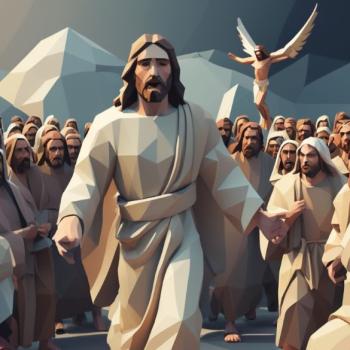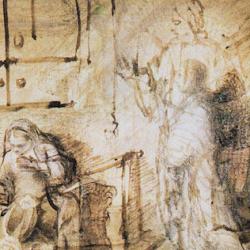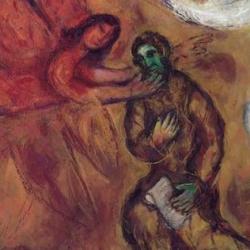O’Connell ( Concentricity and Continuity: The Literary Structure of Isaiah (Library Hebrew Bible/Old Testament Studies) , 244-5).
Historically, the sequence is: Isaiah prophecies concerning Judah’s cultic and social sins, but Judah is too blind and deaf to respond. The prophet and his message are “utterly rejected.” Isaiah warns of a military threat, first of Assyria against Ahaz and then of Babylon against Hezekiah, but both of the threats are delayed until the threats become even worse than they are. The delay in the coming of judgment parallels the delay in the vindication of the messenger: Isaiah and his preaching are finally proven true first by the Babylonian conquest of Judah and then by Cyrus’ conquest of Babylon.
The literary structure depicts this historical structure of preaching, rejecting, delay, and vindication. The book opens with what O’Connell calls an “exordium” in chapters 1-2, but within this snapshot of the book as a whole there is no exoneration of Yahweh or His messenger. That exoneration is delayed in the book until Isaiah 40-54. Likewise, the restoration of Zion through the work of a Davidic king is promised but delayed within the structure of the book.
Text and history are also linked by the fact that Isaiah’s prophecy effects the fulfillment of what he says. He says Judah is blind, and his preaching makes them more so. He prophesies of coming judgment, and by hardening the hearts of the people of Judah his prophecies ensure that the judgment will come. He preaches repentance, and that preaching brings Judah to repentance, and calls them to continuing repentance after the exile. He prophesies to the blind, but when what he says comes to pass his blinding prophecies finally give sight; he preaches to the deaf, making them more deaf, but after a delay they see his words come to pass and their ears are opened.














